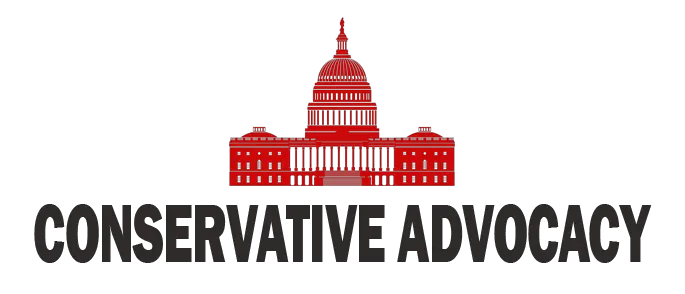The United States is grappling with a severe outbreak of avian influenza, commonly known as bird flu, which has triggered widespread economic and public health concerns. With over 150 million birds culled since 2022 to contain the virus, the poultry industry has been devastated, leading to skyrocketing egg prices and supply shortages. Consumers are now paying as much as $9 per dozen in some areas, a record high that underscores the crisis’s impact on everyday Americans. The outbreak has also spilled over into dairy cattle and humans, raising alarms about potential mutations and broader health implications.
The primary driver of this crisis is the highly pathogenic H5N1 virus, which has spread rapidly across North America through migratory bird flyways. A new strain, D1.1, has emerged, infecting not only poultry but also dairy cows and humans. This development has heightened fears among infectious disease experts who warn that continued transmission between animals increases the likelihood of mutations that could enable human-to-human spread. While the Centers for Disease Control and Prevention (CDC) maintains that the risk to the general public remains low, the detection of human cases—including one fatality in Louisiana—has prompted calls for enhanced surveillance and protective measures.
Economic repercussions have been particularly harsh for low-income households, which bear the brunt of rising food costs. Egg prices have surged due to a combination of reduced supply and steady demand for this dietary staple. Experts note that rebuilding poultry flocks takes months, meaning relief for consumers may not come until later this year—if outbreaks subside. Meanwhile, restaurants and grocery stores are imposing purchase limits or adding surcharges to manage shortages. This inflationary pressure on a basic food item highlights the broader vulnerabilities in America’s food supply chain.
Public health officials are urging vigilance to prevent further spread of the virus. Farmers have been advised to implement stricter biosecurity measures, including protective clothing when handling livestock. Consumers are encouraged to avoid raw or unpasteurized products and practice good hygiene when preparing poultry or eggs. Additionally, some medical institutions have reinstated mask mandates in high-risk settings like hospitals to mitigate potential co-infections during flu season.
This crisis underscores the importance of prioritizing domestic food security and robust disease control measures. The bird flu outbreak reveals glaring weaknesses in how federal agencies monitor and respond to zoonotic diseases. Critics argue that insufficient action by previous administrations allowed the virus to gain a foothold in dairy herds and other non-traditional hosts, compounding the problem. Moving forward, policymakers must address these gaps to protect both public health and economic stability while ensuring that American families are not left scrambling to afford basic necessities like eggs.




